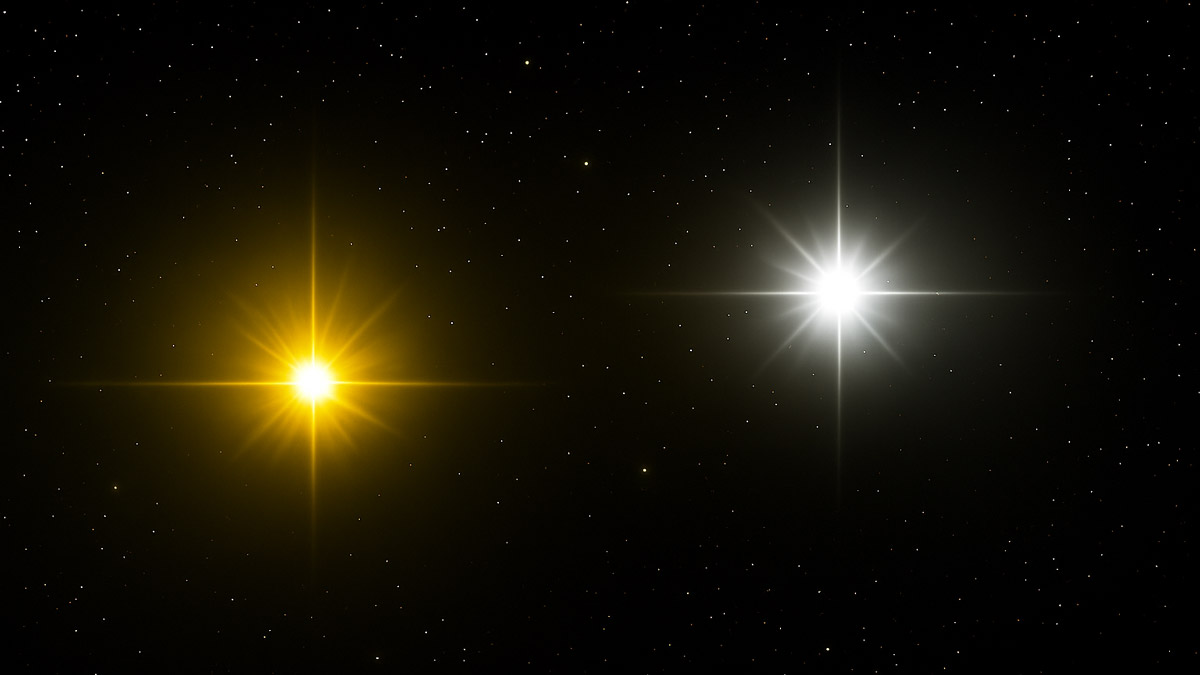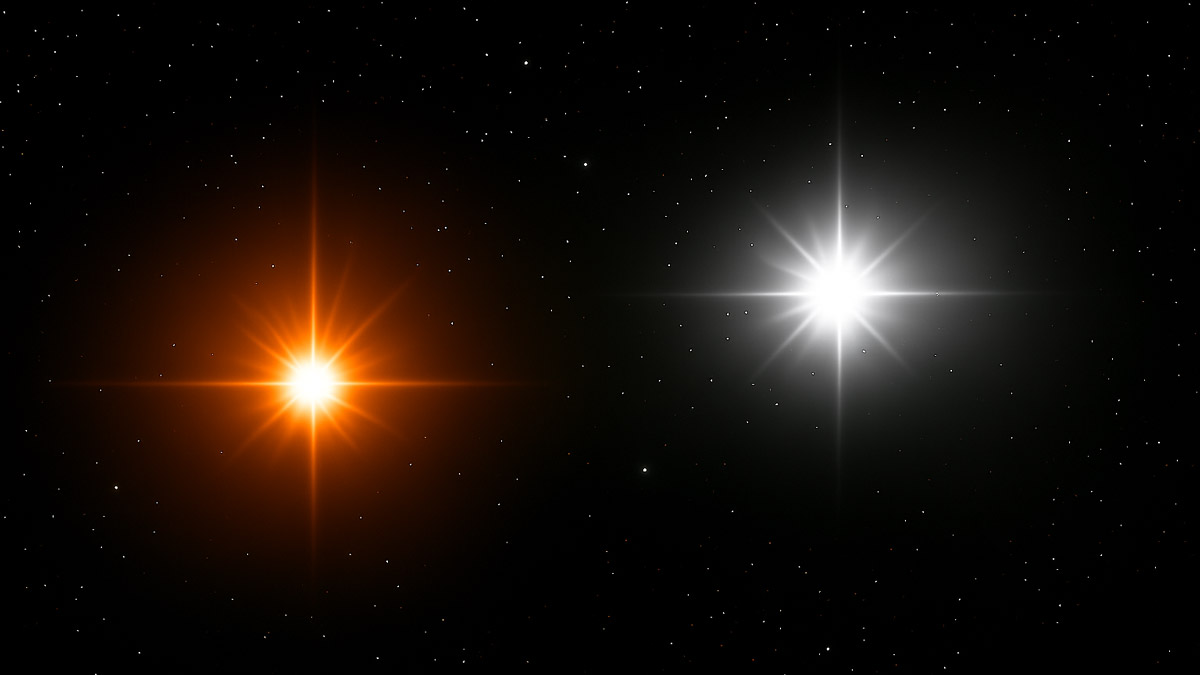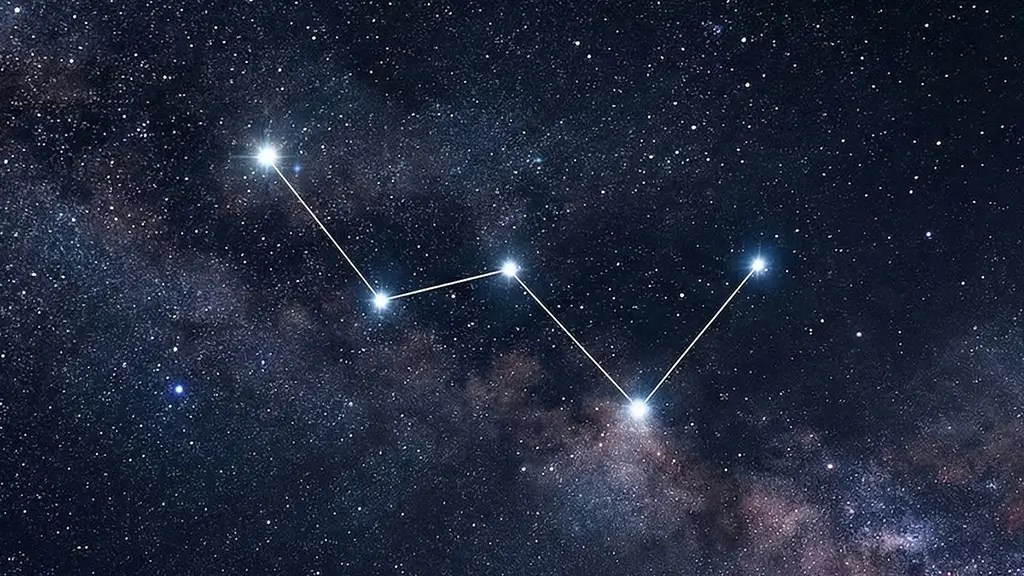The double star Struve 2840 is located in the northern sky within the constellation Cepheus. Backyard astronomers should find it pretty easy to separate Struve 2840’s two stars, which are separated by 18 arcseconds. The pair is also known as STF 2840, SAO 33819, HD 208063, HR 8357.
Category Archives: Double/Multiple Stars
HD 222872: An Uneven Double in Sculptor
HD 222872 is an uneven double star in Sculptor. Learn its magnitudes, separation, distance, and visual observing notes.
HD 214599: Triple Star in Piscis Austrinus
Explore HD 214599 in Piscis Austrinus, a triple star Herschel studied, with tips for spotting its subtle companions through a telescope. Also known as HR 8619.
HD 3074: A Buttery-Yellow Binary Star in Sculptor
Explore binary star HD 3074 in Sculptor: a butter-yellow G3IV subgiant with a white companion, 108 light-years away, observed through a telescope.
Navi: The Star Behind the Ghost of Cassiopeia
Explore Gamma Cassiopeiae (Navi) and the Ghost Nebula IC 63, its history, stellar energy, and connection to astronaut Gus Grissom.
HD 3605: An Orange Binary in Sculptor
HD 3605 is an orange K-type giant binary in Sculptor with a faint companion 47 arcseconds away, visible to amateur astronomers.
WNO 1 (HD 5156): A White Binary Star in Cetus
Explore WNO 1 in Cetus, a subtle double star perfect for small telescopes. Observation tips, star details, and a peaceful night sky experience.
Beta Piscis Austrini: Double Star in Southern Fish
Beta PsA: See this beautiful double star near Fomalhaut. Though long thought a binary, the stars are moving apart, proving they are just a line-of-sight pair.




